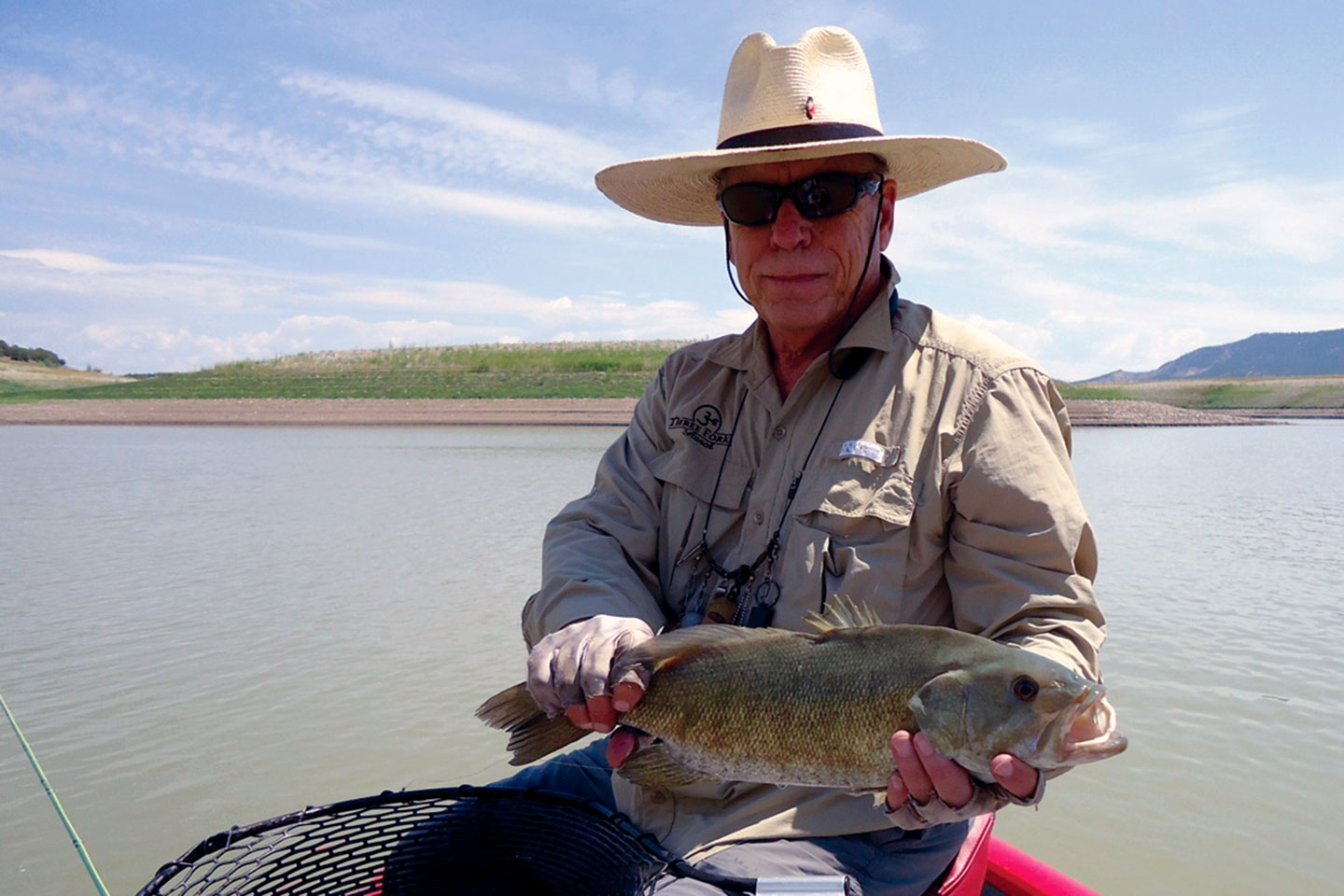Spring cleaning provides different tasks to many people. It can be raking the flower beds for new plantings. Maybe it is opening all the windows and giving the house an airing out. The list can be endless. For those of us that fly fish, the spring-cleaning list can also be long. From cleaning boots and waders to rods and reels, to fishing pants and shirts, they all need attention. The list can get long.
I think the most overlooked item in a fly fisher’s garage of equipment is the vest. It’s like wearing a personal file cabinet. Regardless of the style of vest, it has pockets, similar to drawers. And these pockets hold and store all the needed items at the ready in an organized manner. However, sometimes those of us that can’t remember what we had for dinner last night, will from time-to-time, forget where we put all the needed items to be successful on the river.
The best way to put your vest through a spring cleaning is to place it on the garage floor. Have a trash can close by and don’t be concerned about getting some additional dirt on the vest. Now, put your hand in each and every pocket and take out everything you find. Put each item next to the vest. To be thorough, do it again. If you’ve never spring cleaned your vest, you’ll be amazed at the number of items that hide in the tiniest places. I use a traditional vest and find the back storage pockets to be the biggest supplier of items no longer needed. The most common items, for me, to come out of the back pockets are old lunches. Not an entire meal, but part of a sandwich I was going to eat later but forgot. Half a cheese sandwich, with mayo, on white bread, takes on a color not listed on any color chart.
With everything out of your vest, and in plain sight, pick every item up, one at a time and identify it. If you can’t identify it put it in the trash can. Now, go after the trash you can identify. For me, that trash is usually old cigar butts I forgot to field strip, or their wrappers. I’ve also found old lighters and empty match boxes. You might find old leaders and tippets. All of this goes the way of the old sandwich.
Once the obvious trash is thrown out, take a close look at everything else. The key here is to ask yourself, “When was the last time I used this item? If you can’t remember, think about the trash can. This is a good time to count your fly boxes. Are more than two boxes really needed? If not put the extra box some place safe. You never know when you’ll lose a fly box. With your now reduced pile of gear on the floor around you there is a big question looming. Should I wash my vest? I once had a fishing partner comment that he thought I had on the filthiest vest he had ever seen. I asked SWMBO what she thought, and my vest was soon washed.
Now comes the fun part. Your vest is clean, you have a stack of gear to stow, how should it be organized? As I mentioned, your vest is like a filing cabinet. Only you know where everything was, and if there is going to be any reorganizing. I’m not much on reorganizing because I have my own system and it’s nice to be able to find what I need with an automatic reach. In fact, if someone wanted to play a practical joke on me, reorganizing my vest would be a good one. I’d never be able to find anything.
Go into the summer with your vest clean and organized. It can make the art of fly fishing easier.

